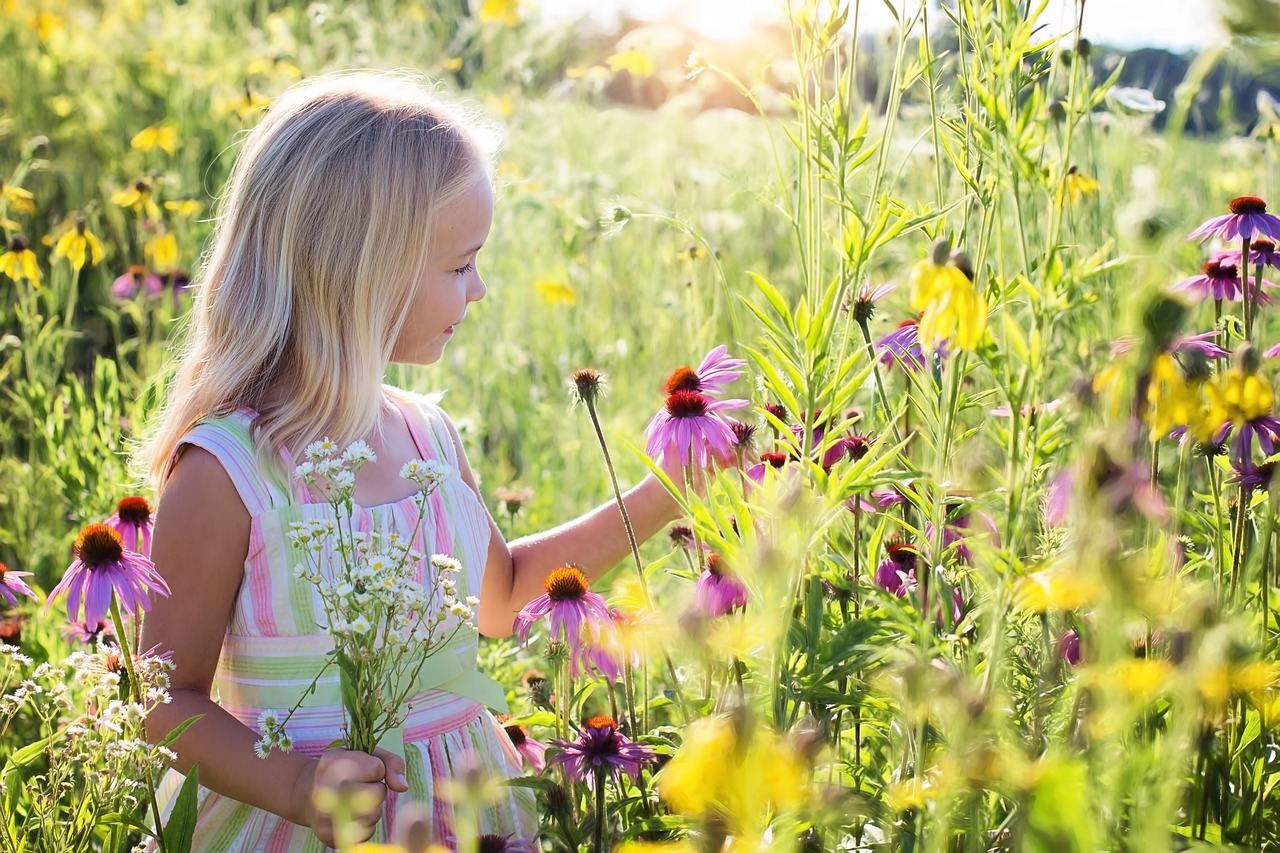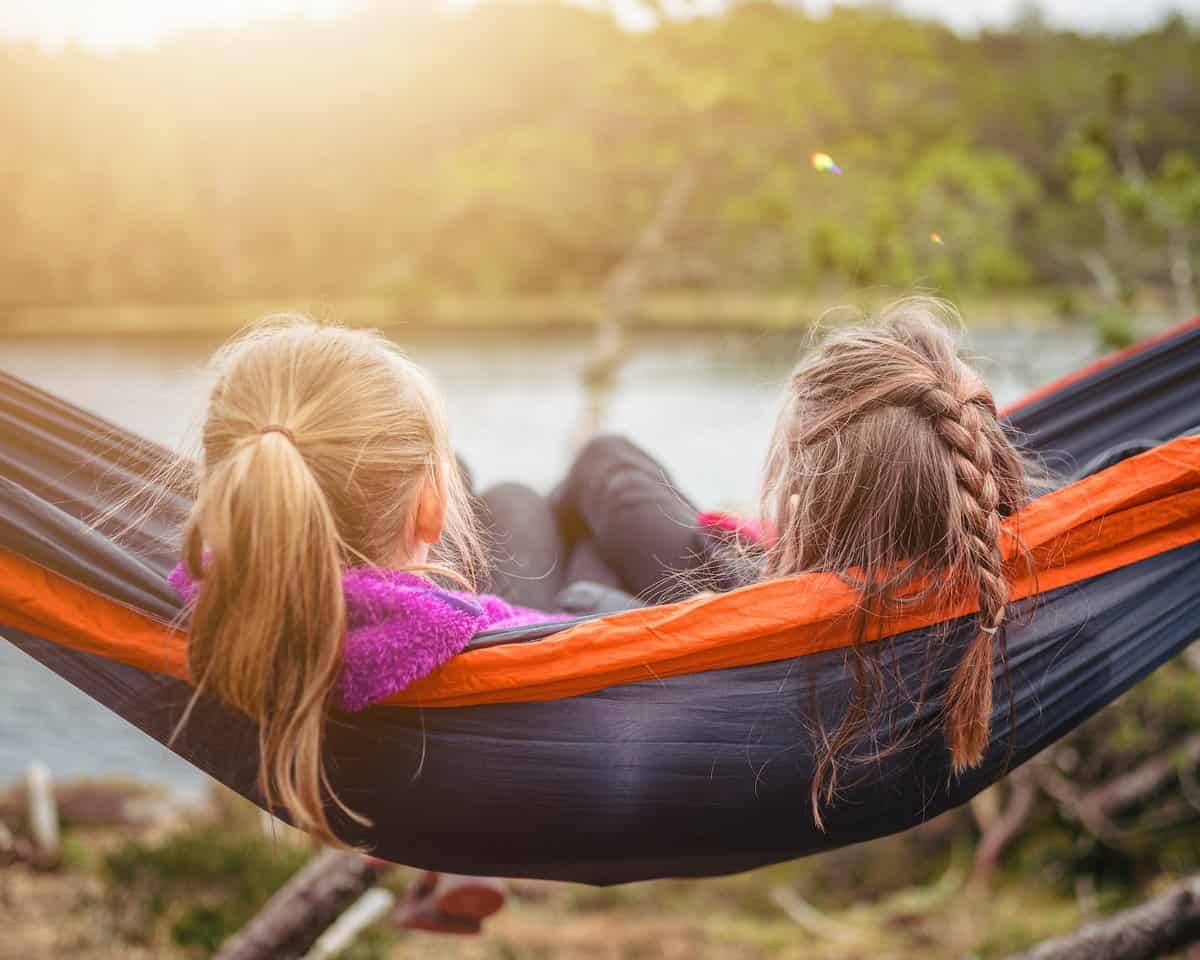Here’s a shocking statistic for you; a recent survey from The National Trust found that our children are playing outside for around only half the amount of time that we did at the same age — roughly 4 hours per week.
And while their gadgets, gizmos, and games consoles certainly don’t help matters, technology isn’t the only reason our kids are becoming shut-ins.
There’s also the fact that many of us parents are guilty of wrapping our kids up in cotton wool (metaphorically speaking, of course).
In 2012, for example, the National Children’s Bureau found that almost 50% of parents prevent their children from playing outside unsupervised because they’re afraid of what strangers might do to them.
And given the bombardment of fear-inducing headlines of more recent years, we’d wager this figure is even higher now.
So how can we turn the tides?
Short of forcing your children out of the front door, how can you encourage them to get some fresh air?
Thankfully, the answer is more simple than you may have realised. It’s all about sparking their curiosity.
Whether you’re a nature-loving parent whose children are completely disinterested in the great outdoors or you’re just looking for some extra ways to encourage your little ones to leave their rooms, below, we’ll provide you with some actionable tips on how you can encourage your child to embrace nature — and have a fantastic time while doing so.
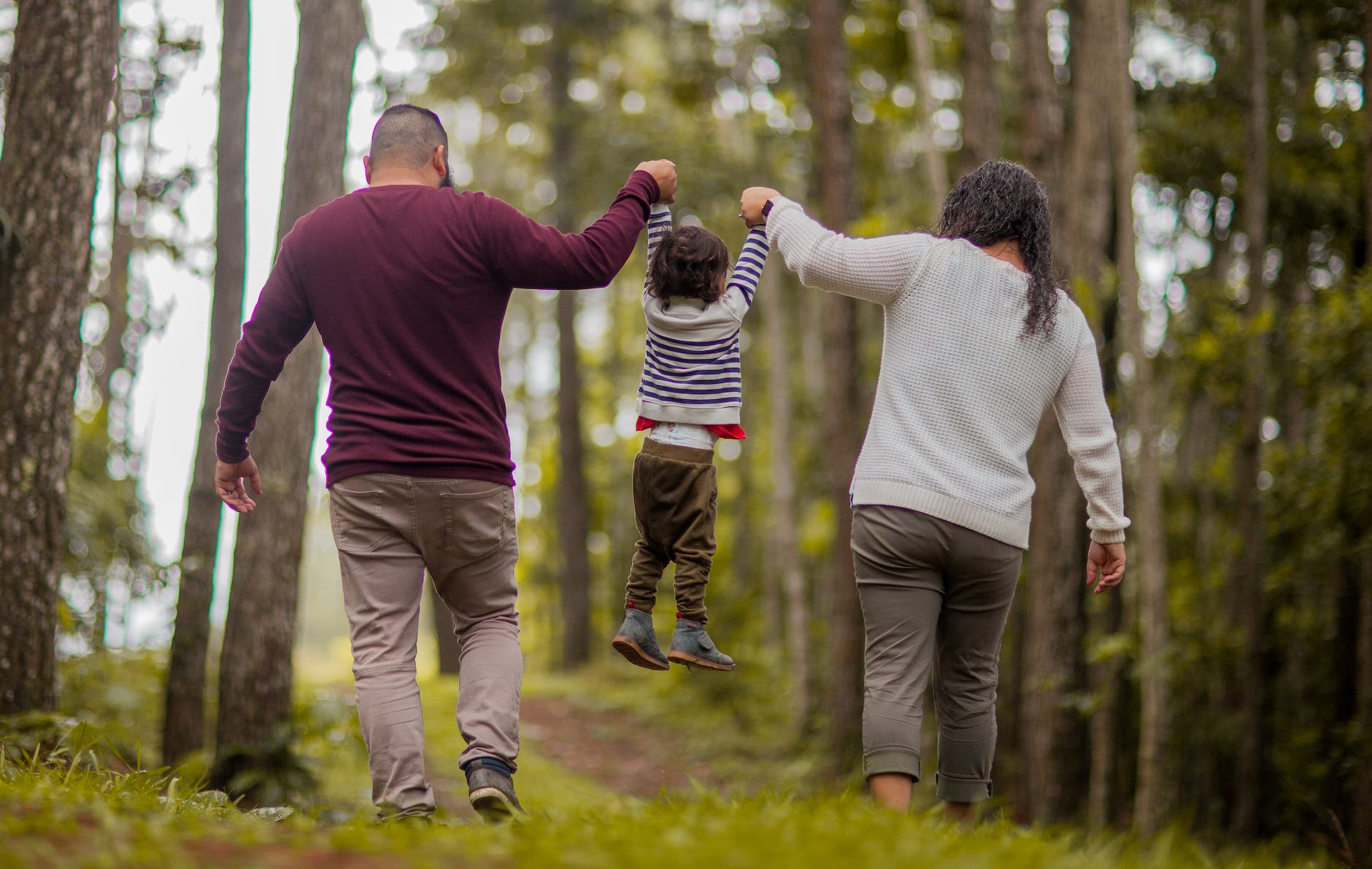
Create Opportunities to go Outdoors
Even us grown-ups can find it difficult to exercise a little self-control when it comes to technology.
If your kids are spending hours long holed up in their bedrooms, it’s your job to provide them with a bit of encouragement.
How? By making outdoor play a priority.
Planning outdoor activities is a great first step — regular outings to the park, nature reserves, beaches, or National Trust sites are always firm favourites.
And if your child isn’t thrilled about being pulled away from their devices, sweeten the deal by allowing them to invite a friend along for a playdate.
If you’re in the UK, rain is always a possibility, but don’t let that deter you from getting out and about — pop on your raincoat and go welly wandering!
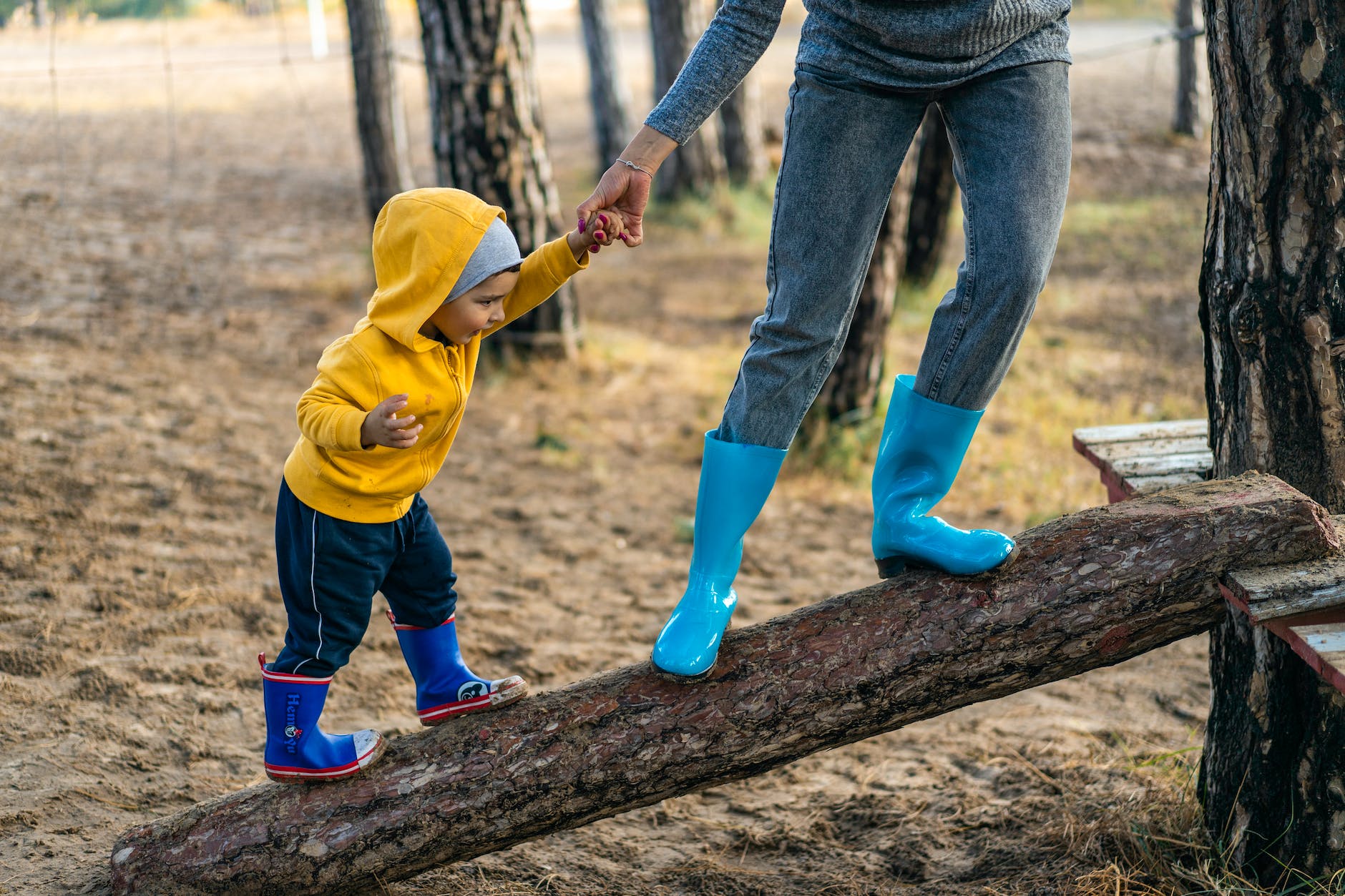

Don your most stylish waterproof attire and see who can find the biggest puddle, and once you’re all splish-sploshed out, why not relax by cooking up a nice mud pie?
Giving kids the freedom to get as messy as they please is one of the biggest benefits of outdoor play.
They’re free to unleash their creativity and imagination without the fear of mucking up the house.
Plus, as a parent, you won’t have to worry about cleaning up after them — we call that a win-win!
However, unless you encourage this behaviour, it’s unlikely to occur on its own.
The sad truth is that there are simply too many digital diversions vying for your child’s attention.
That’s why it’s up to you to take the initiative and create those outdoor opportunities while you still can!
Create a Wildlife Paradise in your Garden
Gardening is an ever-enduring Great British pastime, and if your family home is blessed with its own private patch of nature then consider yourself incredibly lucky.
Maintaining a wildlife-friendly garden is one of the best ways to teach your children about the importance of biodiversity and conservation.
Even if you’ve only got a small balcony or windowsill to spare, there are still plenty of ways you can give nature a little helping hand.
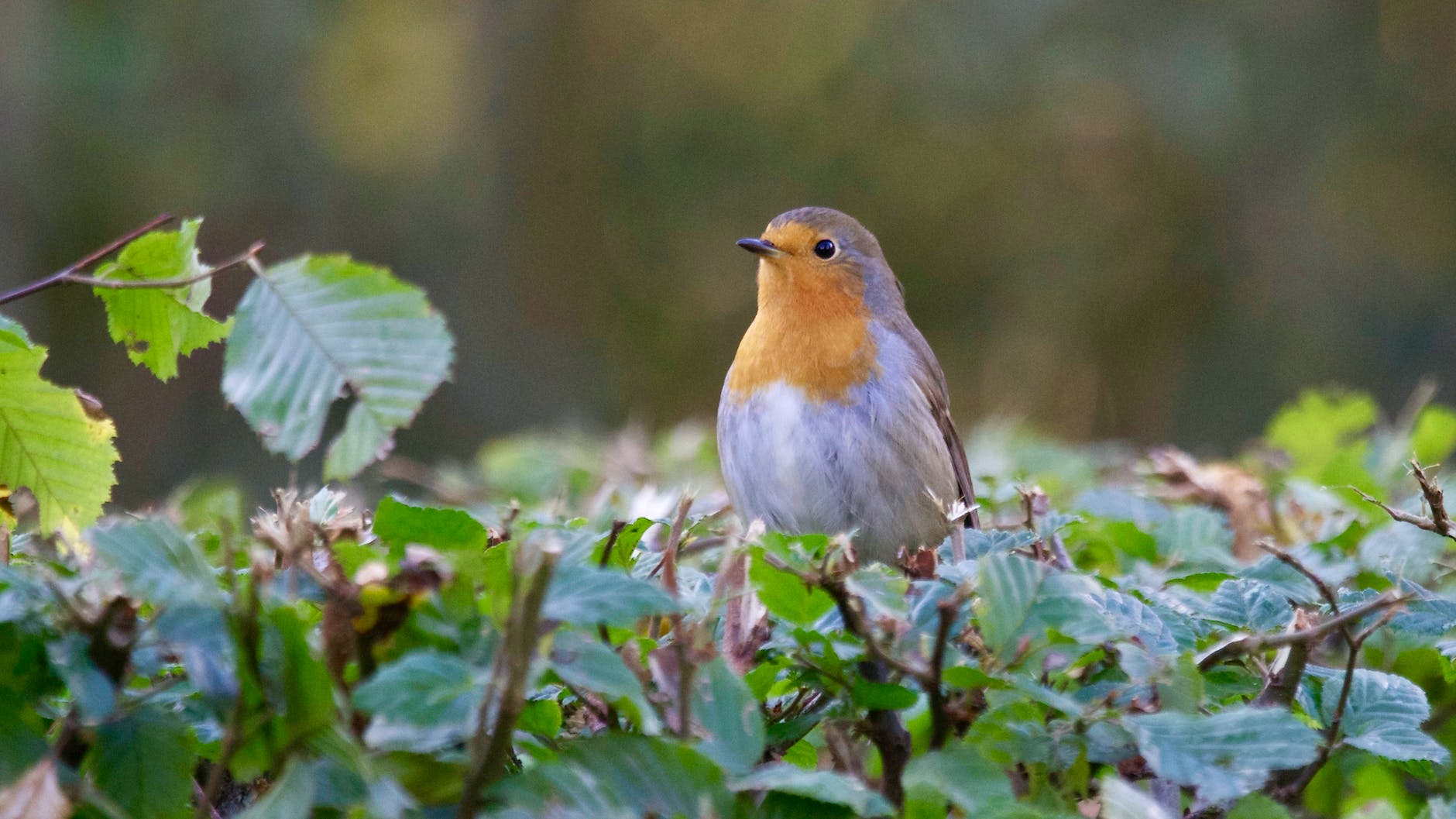

We’ve listed a few of our favourites below:
- Build a bug hotel. Collect natural materials like twigs, leaves, and stones to build a bug hotel. This can provide a habitat for a variety of insects, including ladybugs, beetles, and spiders.
- Start a windowsill garden. Even if you don’t have a garden, you can still start a small windowsill garden with your child. Plant herbs, succulents, or small flowers in pots or containers and watch them grow. You can even create a small habitat for pollinators like bees and butterflies by planting nectar-rich flowers.
- Create a hedgehog house. The hedgehog is one of Britain’s most beloved and iconic animals, but unfortunately, its natural habitats are under threat. Thankfully, it’s relatively simple to build a suitable dwelling for your prickly pals using natural materials like logs and leaves. If you’d prefer a more permanent solution, the RSPB has a small selection of hedgehog boxes for sale through their shop. Each one comes as part of a kit, so you can work together as a family to construct it. It’s a brilliant, hands-on way to teach your children about hibernation and the importance of conservation.
- Plant some fruit and vegetables. Fruits and vegetables tend to be a bit of a hard sell when it comes to family mealtime, but if you let your kids grow their own, there’s a high chance they’ll change their tune. And hey, even if they don’t eat what they’ve grown, at least they’re learning about the natural world!
Use Tech to Your Advantage
Technology isn’t all bad — it’s all about how you use it.
In fact, there are a huge variety of educational apps and online resources designed to enhance your child’s experience of the natural world, rather than inhibit it.
For example, apps like iNaturalist and Seek allow children to identify different plants and animals in their local area using their smartphone’s camera.
Online resources like National Geographic Kids and the Wildlife Trusts offer games, quizzes, and educational videos that can teach children about different animals and ecosystems.
If you’re less concerned about the educational value of the app, there are also a variety of video games (such as Pokemon Go) that encourage children to get out and about.
However, we think one of the best ways to use technology to encourage outdoor play is geocaching.
Geocaching is a modern-day treasure hunt where participants use GPS coordinates to search for hidden containers, or “caches,” in outdoor locations all over the world.
These caches often contain little trinkets and prizes, along with hand-written logs from all of the folks who’ve previously located it.
Trust us when we say that geocaching can be seriously addictive, so it’s well worth a try if you’re looking for an excuse to get out into nature!
Encouraging your child’s curiosity in nature isn’t just beneficial for their physical and mental well-being; it’s also essential for the planet’s health.
By fostering an appreciation for the natural world, your children are more likely to make environmentally responsible choices in the future.
By instilling a love for nature in your child, you’re cultivating a desire to protect it for generations to come.
Hopefully, the tips above will help coax your kids out of their bedrooms and out into the great outdoors.
For more tips on getting out and about as a family, visit our list of 10 things to take to the beach for a day or if you’re planning a summer staycation, check out our guide on what to pack for a UK holiday.
Thanks for reading!

